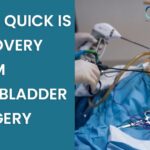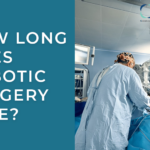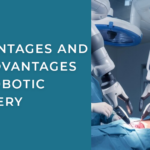How long does Robotic Surgery take?
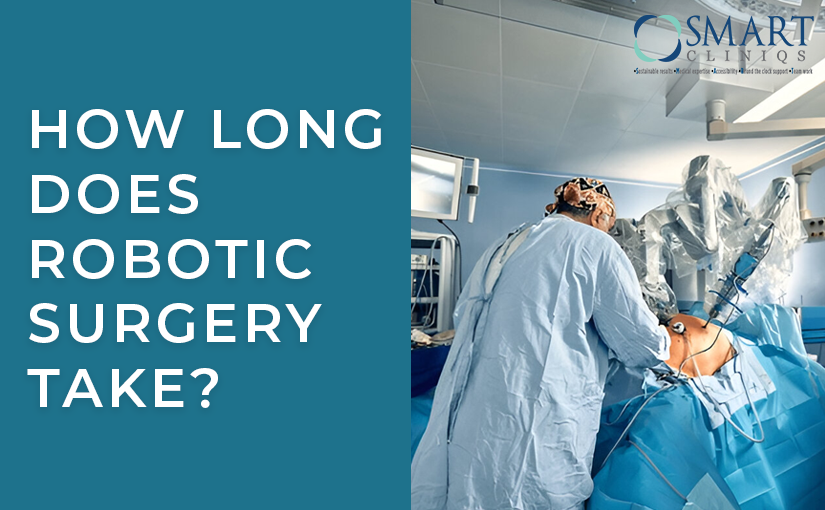
Robotic surgery has revolutionized the field of medicine, offering advanced surgical techniques that provide improved precision, quicker recovery times, and ...
Read more
Advantages and Disadvantages of Robotic Surgery
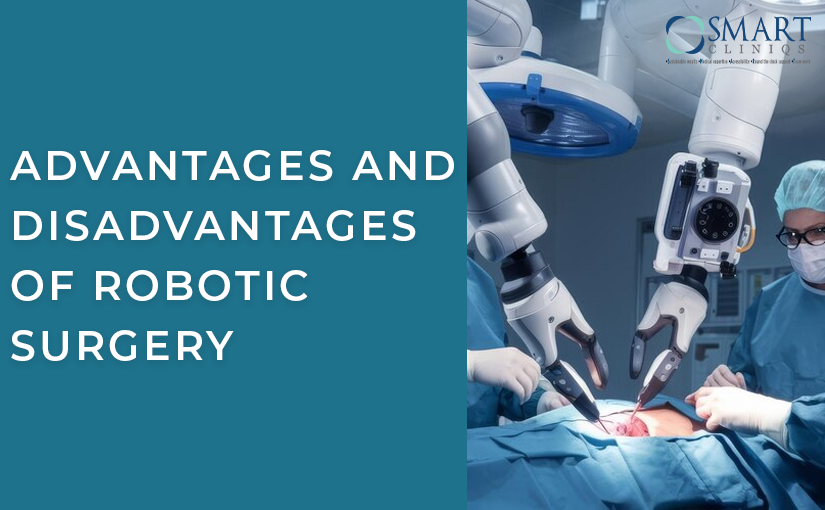
As technology continues to advance, traditional surgical techniques have evolved into more modern, efficient, and less invasive methods. One of ...
Read more
Is Robotic Surgery Better for Inguinal Hernia?
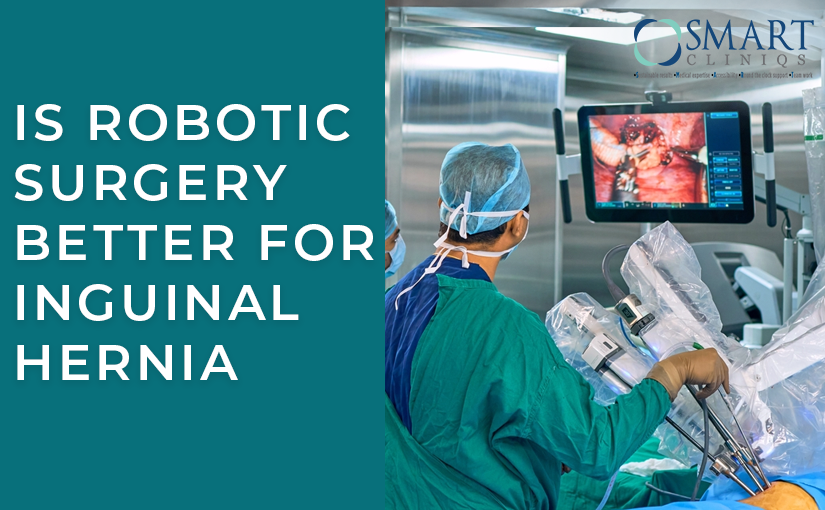
Inguinal hernia is a common condition that occurs when a part of the intestine or fatty tissue pushes through a ...
Read more
Is Robotic Gallbladder Surgery safe?
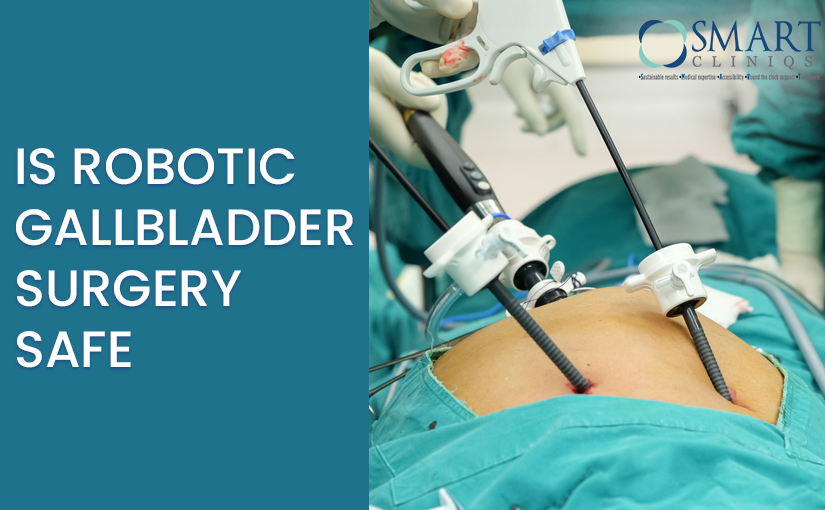
Robotic surgery has changed the scenario in which surgical procedures are carried out, from gallbladder removal to much more complex ...
Read more



